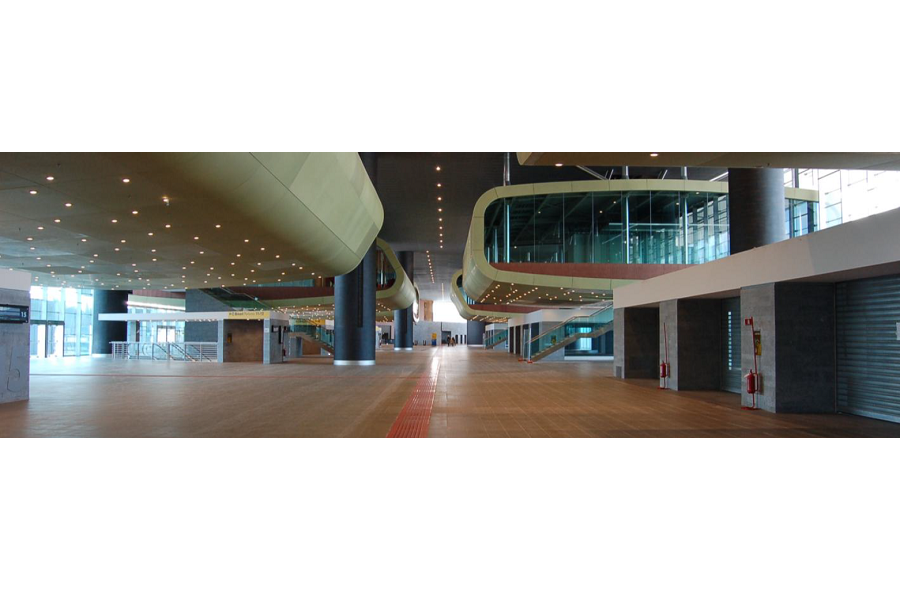Infrastructure
Sound and reliable design solutions in tunnels to prevent unacceptable risks
CFD codes to analyze the behaviour (evacuation, smoke management) in tunnels, metro, highway and subway galleries and optimize the tunnel ventilation system design.
Risk analysis in tunnel: Numerical models are the basis for the development of the quantitative analysis supporting the tunnel risk assessment. The analysis is carried with ARTU (Analisi di Rischio Tunnel), an in-house developed tool that adopts 1D and 3D fluid dynamics (CFD) and egress models to simulate smoke propagation in galleries and to evaluate the interferences among people and combustion products. ARTU calculates the FN-curve related to the occurrence of a fire, in new or existing tunnels. This software uses a probabilistic framework in order to evaluate a large number of fire scenarios, and a deterministic approach to describe the interaction between fire products and people involved in the accident.
Metro lines: Cantene is specialized in the use of multiscale technique to study metro lines. Combining CFD 1D (SES, Ida tunnel) and 3D models (FDS) it’s possible to reduce the weight of computational effort guaranteeing reliable results both in comfort and emergency operation modes and to define ventilation logics and safety strategies. IDA Tunnel is a comprehensive road and rail tunnel ventilation and fire simulation software. It simulates road and rail tunnel design projects and includes libraries about climate data, PIARC data related to the vehicle’s pollutants.
Cantene’s support is based on a performance-based approach. The feasibility analysis aims to minimize costs and maximize safety by designing ventilation systems and a fire strategy on the basis of normative standards. We support the design team during the entire life cycle of the project, including the dialogue phases with authorities.
In Cantene, there’s no room for the unpredictable. Everything flows right where it has to.
VALUE CHAIN
-
01 FEASIBILITY STUDY
Identification of the best technical and economic solution to minimize costs and maximize safety. Supports the definition of the project basis solving interferences between civil works and mechanical equipment.
-
02 LIFE SAFETY
Definition of strategy on the basis of standards and stakeholders goals; the means of egress; the ventilation system concept; passive solutions to limit smoke spread; constant and continuative dialogue with authorities.
-
03 PERFORMANCE-BASED APPROACH
The methodology and the analysis strategy is defined and shared with Civil, Mep departments and authorities. Ventilation systems and Life Safety strategies are verified through quantitative analyses. The design is developed with an iterative process in order to define the thrust necessary to guarantee the longitudinal control and the airflow axial fans in central ventilation.
-
04 VENTILATION DESIGN SYSTEM
Designing of the ventilation buildings; finding suitable axial ventilation fans; defining the redundancy of the system; calculating the pressure drops; verifying smoke temperature values at which axial fans are subjected during a fire event; designing the ventilation dampers and calculate leakages through the system.
-
05 DELIVERY AND COMMISSIONING
Supporting the design team during the entire life cycle of the project, during phases of dialogue with authorities. In case of metro lines, through cold smoke simulations it’s possible to support the commissioning phase working with fans suppliers in order to evaluate if the performances are reached on site. In case of road tunnel leading tests on site for air velocity campaigns.





















